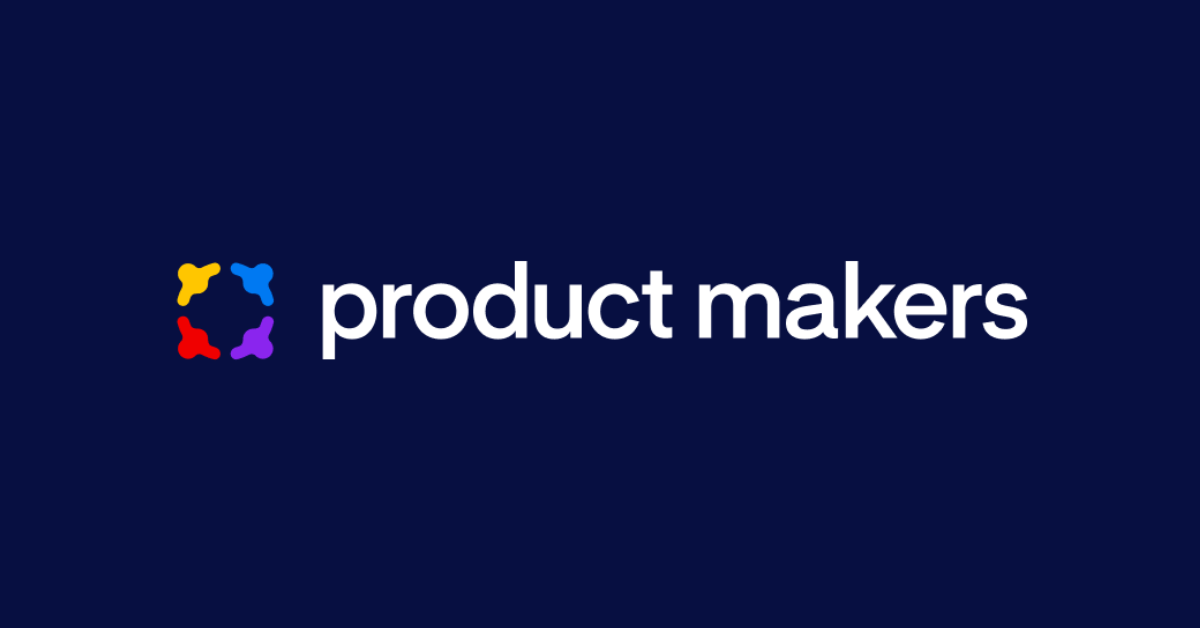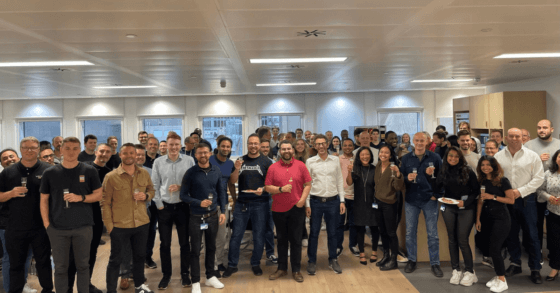How user research has always driven product decision making

User research has early roots
Usage data… user needs… segments & personas… ethnographic user studies… I’d always reckoned these concepts and techniques came about in the ’70s and ’80s, as modern product design took hold.
It was during this era that the Stanford Graduate School of Product Design introduced soft-systems thinking to ambitious young designers; Dieter Rams designed modern appliances with Braun; Xerox PARC prototyped the Alto, an early personal computer that would inspire the Macintosh; six sigma and lean practices revolutionized manufacturing; and David Kelley ran a consulting practice that predated his founding of IDEO, the globally renowned design firm.
I was awfully surprised then when I learned this week that many of these concepts were top-of-mind as early as the 1920s! Take a look at how Derek Thompson, author of Hit Makers: The Science of Popularity in an Age of Distraction, describes newspapers’ desperate attempts to remain competitive during the “golden age of news reading”:
“[In the 1920s], publishers stooped to absurd tactics to find out what people were reading. To learn what features were popular, some papers hired private investigators to sneak up behind readers to mark what articles they were looking at. Others sent spies onto trains and trollies to record the exact page that discarded papers were left open to on the floor…”
So the next time you complain that your product usage data has an anomaly in it, just be glad you aren’t lurking behind your customers all day salivating over the prospect of a single glimpse of what’s on their screen.
According to Thompson, newspapers did use some more traditional tactics as well. For example, they received user complaints, responses, and letters to the editor by mail. As he explains, these were valid sources of feedback, but newspapers struggled with the fact that “a vocal minority of readers offered a caricature of a paper’s true readership.”
Product managers: sound familiar to consolidating feedback from your users?

The trouble was, newspapers were grappling with a major shift in the way readers consumed information. After all, this was the era when many of the first attention-grabbing tabloids came about, favoring tantalizing stories about crime and the latest happenings about town over complex pieces on politics and foreign affairs. Could traditional papers retain their readership?
The birth of ethnographic user research
George Gallup, a PhD in applied psychology from the University of Iowa, sought to answer this question. In doing so, he documented more than a few observations that could inspire any product manager in the modern era. (Feeling brave? Read his full 1928 dissertation here.)
“The goal of the newspaper is to fit itself as closely as it can to the needs of the reading public… specifically, its problem is to get itself read.” — George Gallup
Are you kidding me?! This sounds exactly like something Clayton Christensen could have said in Innovator’s Solution (2003).
The first issue Gallup sought to tackle was the holes in his data. He was skeptical of the geurilla user research tactics used by his peers’ publications and didn’t trust surveys or focus groups. His method was simpler…
“Go into their living rooms and just watch them.”
Gallup studied readers as though they were research subjects and dubbed this type of ethnographical approach the “Iowa Method”. While observing newspapers subscribers flip through stories from the top page on the front cover to the cartoons, he’d mark each headline, paragraph, or image as read or unread. This was far preferable to simply asking users about their reading habits because even if a reader stated he read the entire front page, it wasn’t safe to assume he actually had:
“Almost without exception, subsequent questionning proves these statements false. The person who states they read all the front page may not have read the first part of it.”
This wasn’t because research subjects intended to lie. Gallup just realized that we’re all untrustworthy reporters of our own behavior. Social desirability bias says that people are inherently aspirational in the way we describe our competencies, behaviors towards others, exercise regimen, and diet — in part because we want others to like us, and in part because we want to tell ourselves we’re the kinds of people others like.
Usage data, user needs, and segments
So according to Gallup’s meticulously recorded user research, did users really want the news of substance and sophistication they said they wanted? Or in their less aspirational moments, as they sat in the parlor smoking a cigar and sipping moonshine, did their eyes drift towards the cartoons?
Well, you might have guessed it. In the late 1920s, 90% of men read the cartoons on the front page, compared to just 12% reading the local government news. Women predominantly read stories on style and beauty. So the next time someone tells you cable news and Facebook are ruining us, you’ll have some perspective to share on the matter.
Apart from gender, Gallup observed the needs and preferences of other demographics as well. He keenly observed reading patterns of farmers and compared them to those of urban families. Isn’t that remarkable? 90 years ago, Gallup was carrying out segmentation exercises just like we do today.
User research identifies the broader problem you’re solving
Gallup’s contributions to our field of product design were considerable, even if he’s not credited for it. In the end, they amounted to even more than his ethnographic research. He introduced a whole new way of seeing and talking about the needs that products and services address for end users.
It seemed quite profound when, in recent years, practitioners of the Jobs to be Done methodology urged product managers to consider the competition in broader terms than the other shiny app who’s trying to woo your users away. (Is the app really your biggest competition, or is Excel? Or pen & paper?)
Gallup realized the same thing. He knew newspapers were not just competing with the new pulpy tabloids of the era. They were in competition with anything that demanded his readers’ attention: radio, films, socializing —even time spent driving in a car. It was with this understanding that he designed his product. A century later, we can draw inspiration from it as we design ours. ? ?
Interested in learning more about the hidden psychology of why we like what we like? Check out Derek Thompson’s National Bestseller Hit Makers: The Science of Popularity in an Age of Distraction.
. . .
productboard is a product management system that enables teams to get the right products to market faster. Built on top of the Product Excellence framework, productboard serves as the dedicated system of record for product managers and aligns everyone on the right features to build next. Access a 15-day free trial of productboard today.





